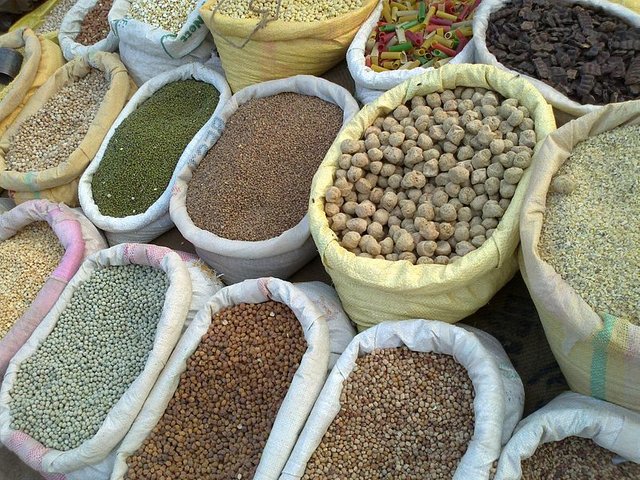Getting your Grains with a Gluten-Free Diet
Whether you’ve made the personal decision to eat gluten-free for health or as a dietary restriction, getting enough grains in your diet while trying to avoid the most popular one -- wheat -- can be a difficult task. But do not fear, as there are many other tasty, healthy grains that you can eat while still maintaining a gluten-free diet.
Most people switch to a gluten-free diet per a doctor's recommendation when there is suspicion of a wheat/gluten allergy or this allergy has been diagnosed. Some people, however, are switching to gluten-free diets in order to achieve a less-processed, more raw and natural diet.
The U.S. Department of Agriculture (USDA) recommends that most adults consume at least 6 3-ounce servings per day of whole grains. This can seem difficult if most of the grain servings contain wheat, such as in “whole grain” bread. Breads, such as 12-grain, whole wheat and even white bread are made from wheat flour. There are, however, a large variety of other grains that can be added to your everyday diet.

image source
Where to Find Gluten-Free Grains
Most gluten-free grains are available at your local health food store and sometimes, they're also found in the health food section of your local grocery store. If you do not like the small size of the grains in their natural form, you can also look for different kinds of pasta made from these grains, such as brown rice pasta.
Many restaurants offer gluten-free options on their menus; some even have an entire gluten-free menu available by request. Restaurants such as Outback Steakhouse and Carrabba's Italian Grill have gluten-free options, and many other popular chain restaurants are following suit.
If you are allergic to wheat/gluten, you will want to ensure that all pre-packaged foods are marked as gluten-free on the label. You can also check the list of ingredients to ensure that they do not contain any flour (unless it is rice or corn flour) or alcohol (alcohol is usually wheat-based).
Gluten-Free Grains
There are a large variety of sources of whole grains to choose from and these can be added to everyday meals. Wild rice, brown rice, corn, millet, quinoa, amaranth, sorghum and teff are all sources of whole grains.
Oatmeal is another gluten-free grain, but it is important to note that if you are allergic to wheat and/or gluten, you will want to buy oats that are labeled “gluten-free.” Oats that are grown in fields next to wheat fields can carry traces of wheat gluten.
Many cereals, chips, crackers and other high-grain foods can be found at your local supermarket, bearing the words "gluten free" on the label.
At the Store
While shopping for whole grains, read the label to make sure you’re not getting a refined (processed) grain. White bread is a refined form of whole wheat and white rice is a refined form of its whole grain form, brown rice. Similarly, these other forms can be processed, removing healthy and essential parts of the grain that contain vitamins and nutrients that your body needs.
To receive optimal health benefits from these foods, whenever possible, strive to buy non-processed food products that are non-GMO and organic. Also, avoid slathering them in too much fat or oil, such as butters and sugars.
Sources:
- The Gluten-Free Grains Council, "Gluten-free Whole Grains," WholeGrainsCouncil.org.
- MyPlate.gov, "Whole Grains," ChooseMyPlate.gov
Congratulations @haig! You have completed the following achievement on the Steem blockchain and have been rewarded with new badge(s) :
Click here to view your Board of Honor
If you no longer want to receive notifications, reply to this comment with the word
STOPTo support your work, I also upvoted your post!
Do not miss the last post from @steemitboard: